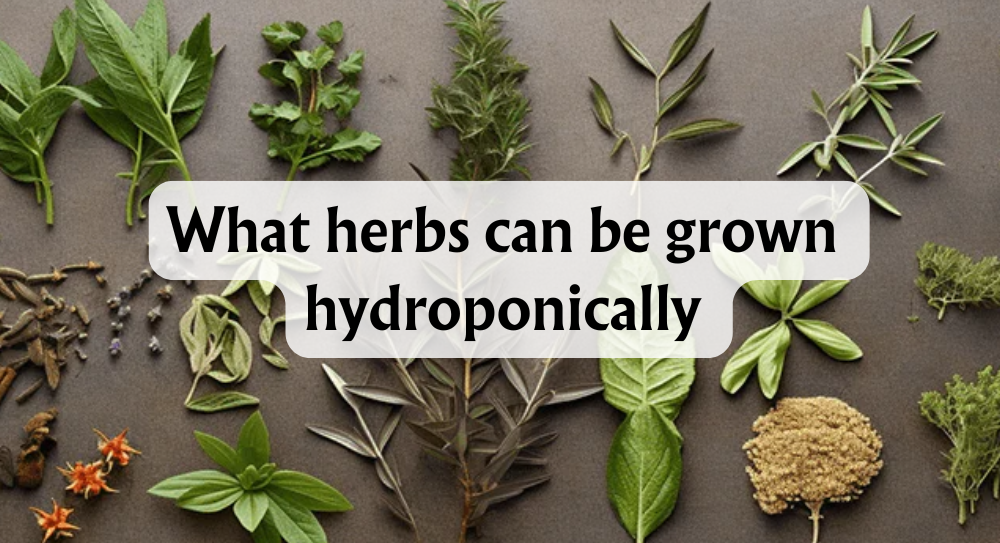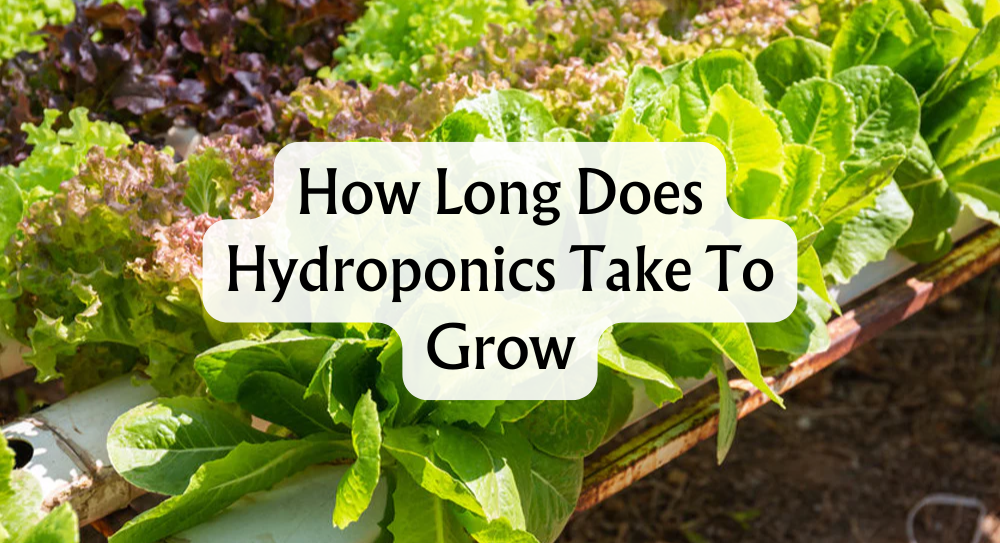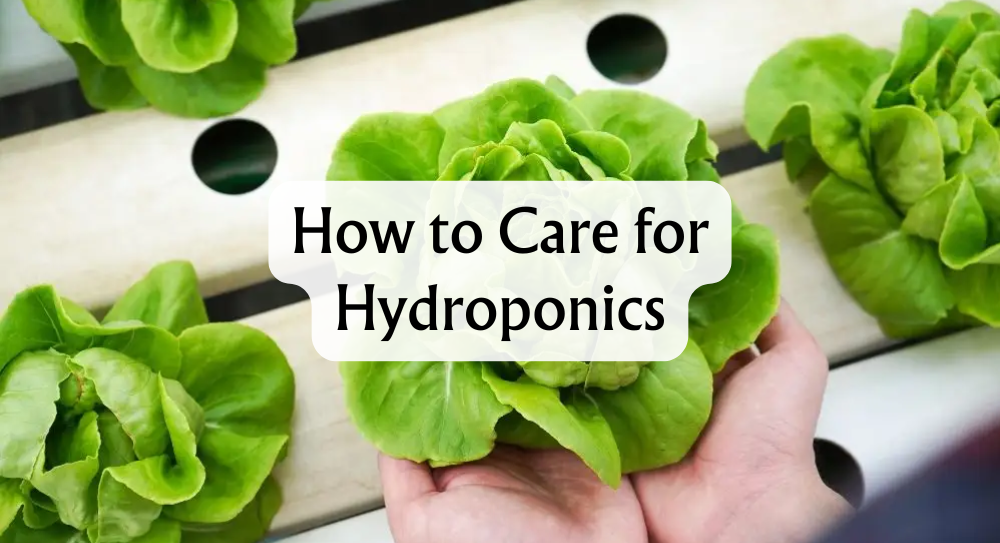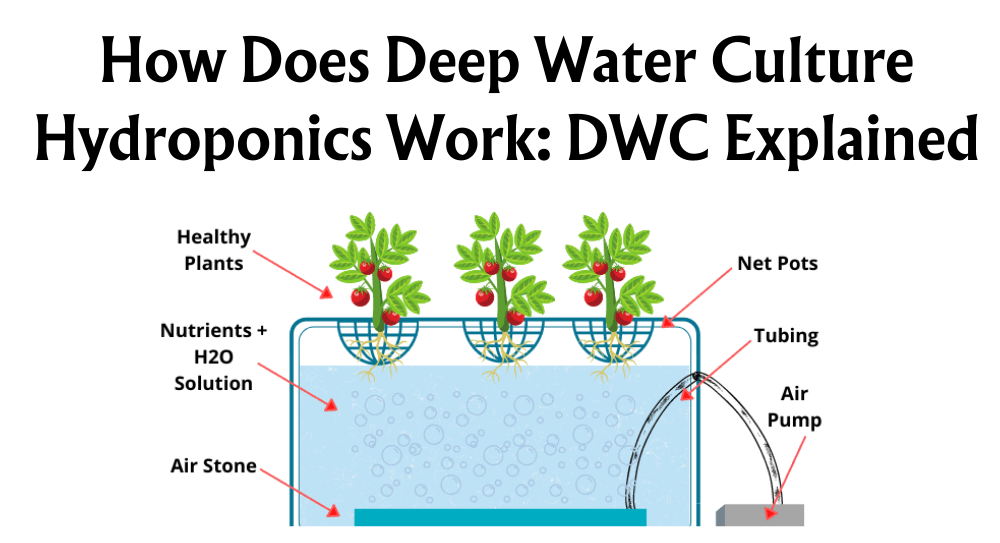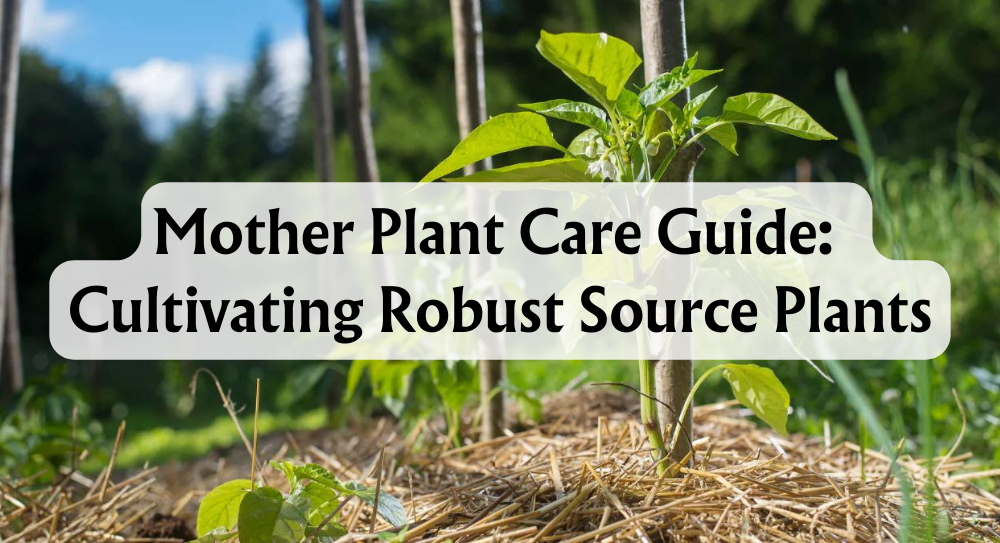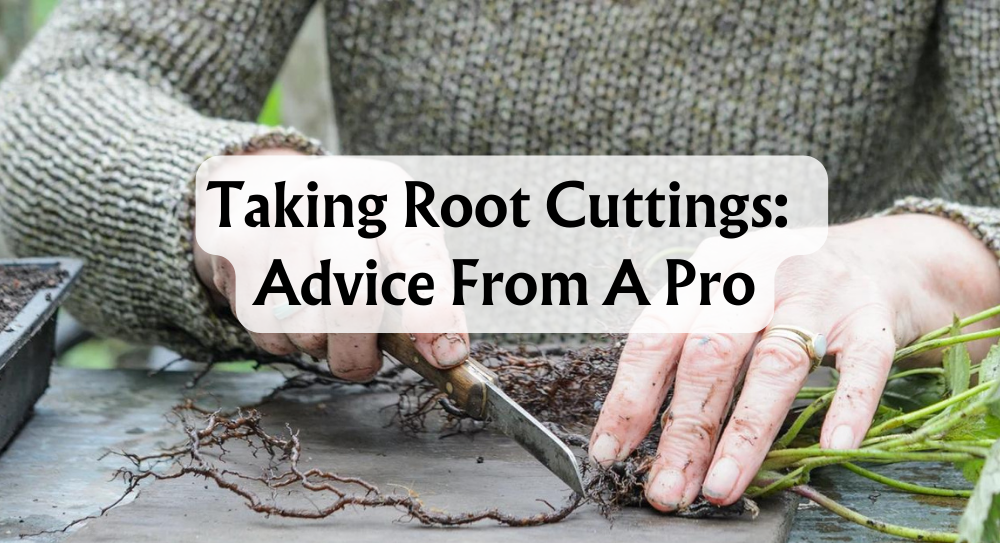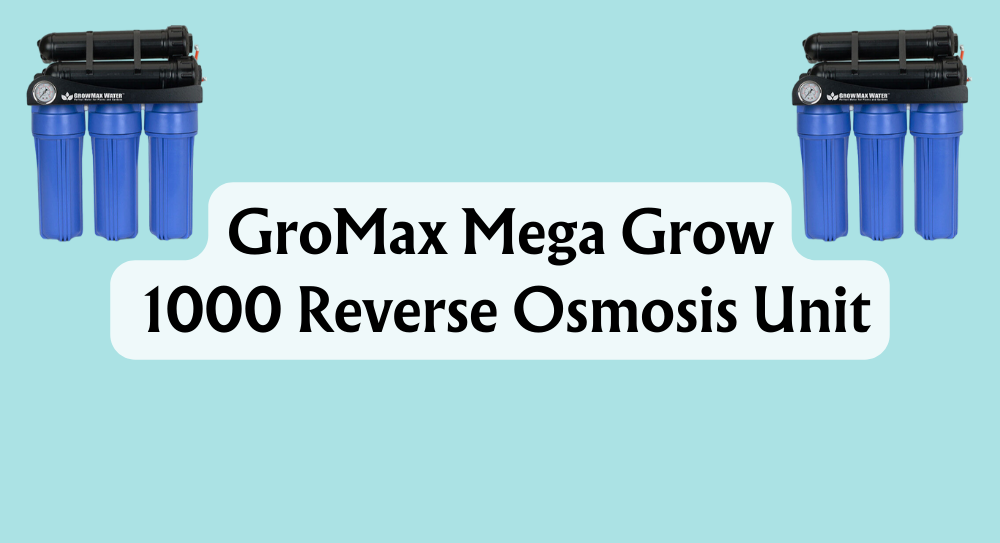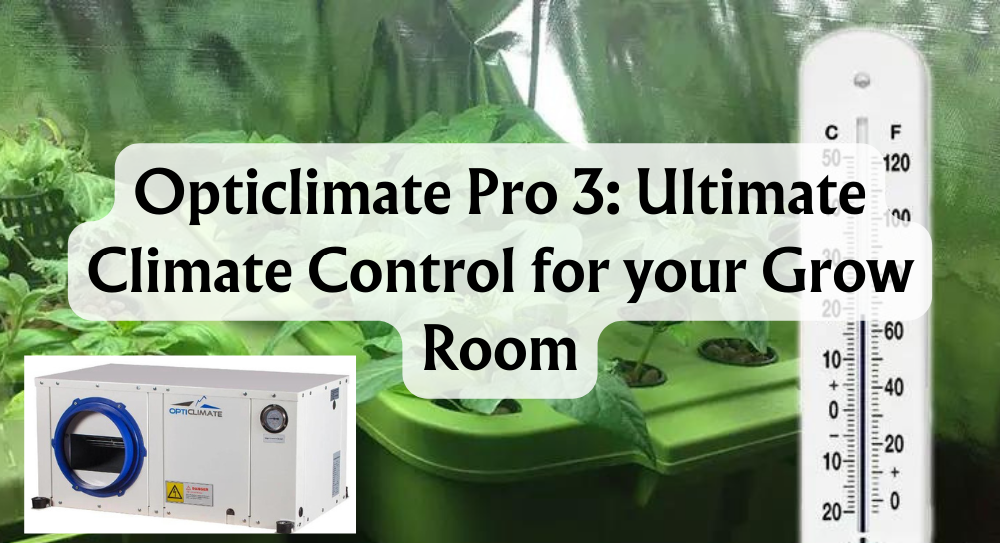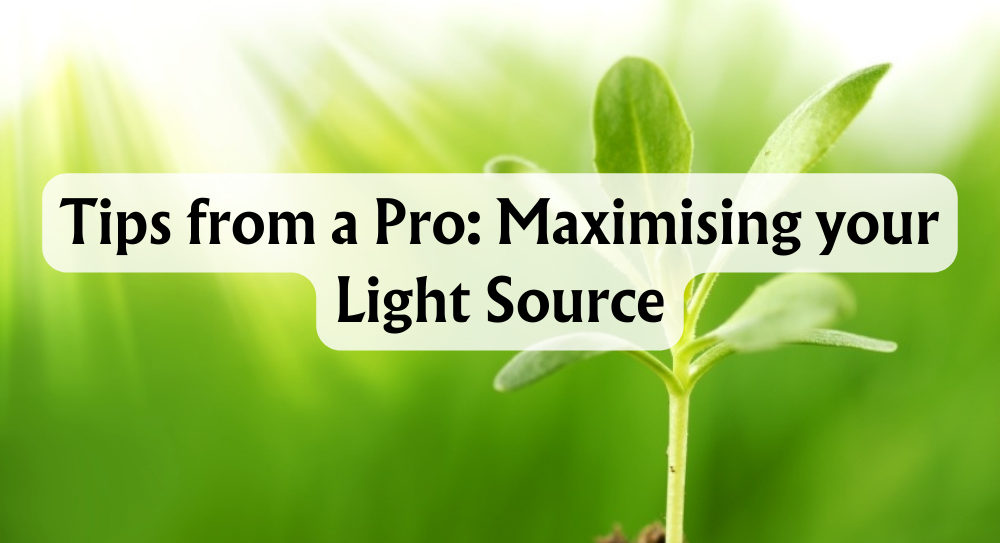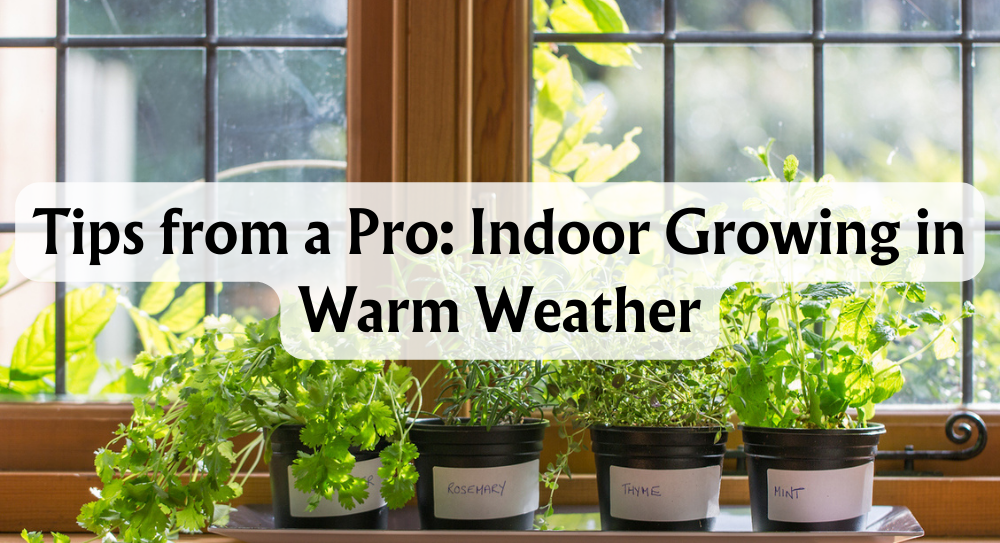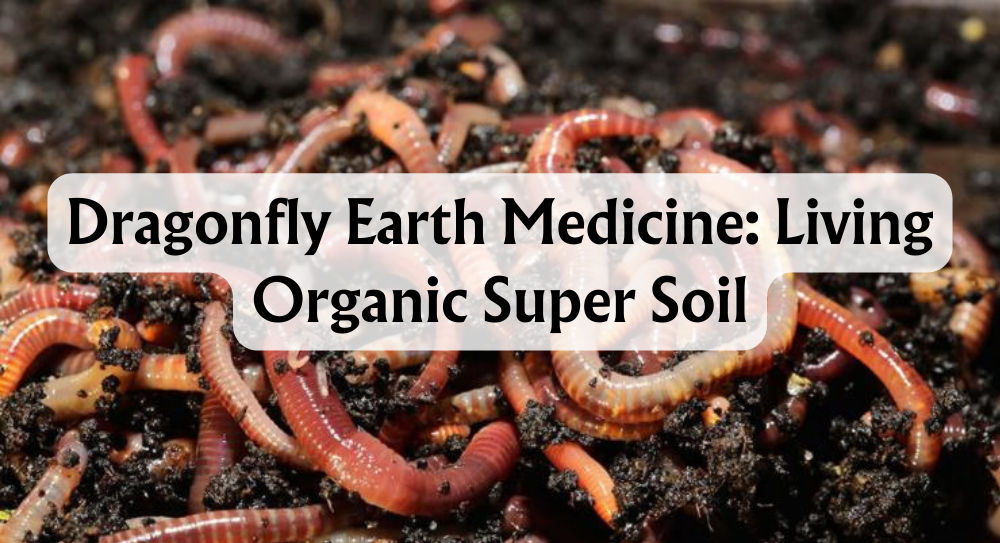What Herbs Can Be Grown Hydroponically
Exploring the world of hydroponic herb gardening opens up innovative and accessible ways for us to grow our favourite culinary additions. By bypassing traditional soil methods, we can cultivate a wide variety of easily grown herbs, from basil to lavender, in more efficient and sustainable ways. Many herbs, such as tarragon, thyme, sage, and even catnip, grow well in hydroponic systems, offering us fresh, flavourful options year-round. For hydroponic gardeners, the benefits are extensive: it ensures our plants grow faster and healthier by directly providing the nutrients they need.
Key Takeaways
- Hydroponics allows for efficient, soil-free herb cultivation.
- Many herbs, such as basil and thyme, thrive in hydroponic systems.
- Ideal for urban areas and climates unsuitable for outdoor gardening.
Advantages Of Growing Herbs Hydroponically
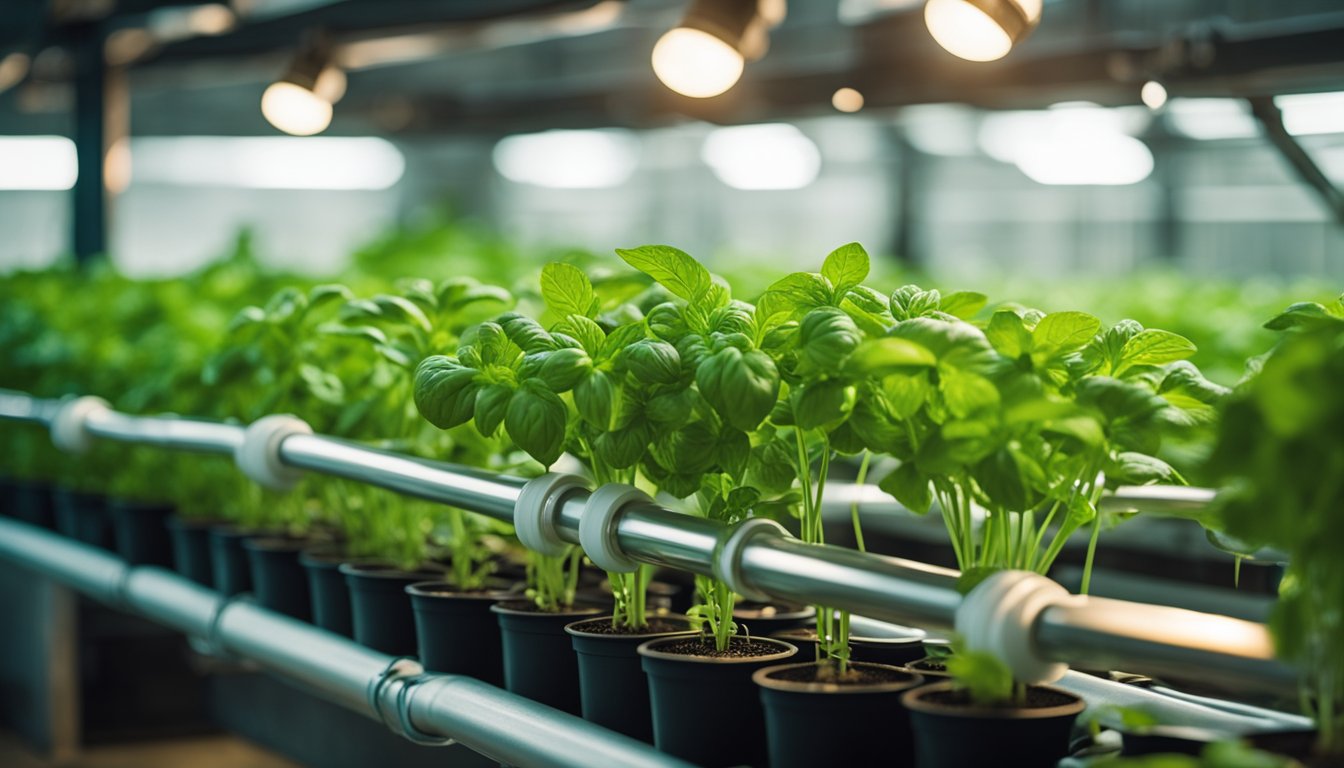
Efficient Use of Space and Resources
Hydroponics allows us to maximise the use of space, perfect for those of us working with limited room. Vertical setups mean you can grow your own herbs in smaller areas. Plus, it reduces water consumption significantly compared to traditional soil gardening. This makes it an environmentally friendly choice.
Better Control Over Growth Conditions
We love that hydroponic systems give us the ability to adjust temperature and nutrients precisely. This means we can grow our favourite herbs year round without worrying about seasonal changes. Moreover, growing indoors drastically reduces the risk of pests and diseases.
Faster Growth Rates and Higher Yields
One of the exciting benefits is the potential for faster plant growth. By controlling the nutrients and growth environment, we can support optimal plant health and potentially enjoy higher yields. This means we can harvest our herbs more frequently and enjoy fresh produce in less time.
Best Herbs For Hydroponic Growing
In hydroponic gardening, a variety of herbs thrive, offering rapid growth and rich flavour. These culinary herbs range from fast-growing varieties like basil and coriander to more aromatic herbs like rosemary and sage.
Basil
Basil is one of the most popular herbs in hydroponic systems, primarily because of its rapid growth and versatile culinary uses. Its aromatic leaves are rich in flavour, making it a staple in many kitchens.
Optimal growth conditions for basil include a warm environment with temperatures ranging between 20-25°C. For pH balance, aim for levels between 5.5 and 6.5. Adequate lighting—around 14-16 hours daily—is also crucial.
Rosemary
Rosemary is a hardy herb known for its aromatic leaves, often utilised in both culinary and medicinal contexts. It can be a bit challenging to grow hydroponically as compared to other herbs, but it's very rewarding.
For ideal growth, maintain a nutrient-rich solution and regularly prune to encourage bushy growth. Rosemary thrives with moderate temperatures and needs a hydroponic system that allows its roots to dry out slightly between watering.
Chives
Chives are small, quick-growing herbs, making them perfect for hydroponic systems. They add a mild onion flavour to dishes and can grow in compact spaces.
Lighting: Provide strong light for about 12-14 hours a day.
Temperature: Keep them at 16-20°C for best results.
Systems like the NFT (Nutrient Film Technique) work well for chives, allowing a steady flow of nutrients to their roots.
Thyme
Thyme is a robust, drought-tolerant herb perfectly suited for various culinary dishes. It’s known for its compact size and rich aroma, making it perfect for indoor hydroponic cultivation.
Thyme prefers a pH level of 5.5-7.0, and it thrives with moderate light exposure. Using a consistent nutrient solution tailored for herbs ensures healthy growth.
Make sure thyme is placed in a hydroponic system with good drainage and provide 12-15 hours of light daily.
Parsley
Parsley grows well hydroponically and is loved for its versatility in the kitchen. It’s perfect for garnishing and adding fresh taste to dishes.
Parsley enjoys temperatures of 18-24°C and benefits from consistent moisture without waterlogging. Aim for a balanced nutrient solution to support its growth. Ensure to provide around 12-14 hours of light per day to keep it thriving.
Dill
Dill grows quickly in hydroponic environments. Its feathery leaves add a unique flavour to pickles and other culinary creations.
Conditions: Keep dill at 18-24°C and ensure good airflow to prevent fungal diseases.
Nutrients: A nutrient solution rich in potassium enhances flavour and growth.
Dill requires 12-14 hours of light daily and performs well in systems like NFT or DWC (Deep Water Culture).
Mint
Mint is a type of herb that is easy to propagate and spreads rapidly, making it ideal for hydroponic containers. Its vibrant flavour is used extensively in beverages and dishes.
Use barriers within the system to control its vigorous spreading. Mint enjoys a light nutrient mix and regular pruning. It thrives in cooler conditions, with 10-12 hours of light, allowing its refreshing aroma to shine.
Oregano
Oregano is a flavourful herb well-suited for hydroponics and is often used in Mediterranean dishes. These herbs prefer controlled conditions, making them ideal for indoor setups.
Temperature: Maintain 18-24°C to support healthy growth.
Lighting: Provide 14-16 hours of light daily.
Humidity levels should be moderate to prevent sluggish growth, and the nutrient solution should be well-balanced.
Coriander (Cilantro)
Coriander, also known as cilantro, is a fast-growing and versatile herb used in a wide range of dishes. These herbs offer a fresh taste with various culinary applications.
Maintain pH levels between 6.0 and 6.5, and ensure plenty of light for about 10-14 hours daily. Coriander thrives in cooler temperatures, typically around 15-20°C, making it an excellent choice for year-round growth.
Sage
Sage is a hardy, aromatic herb perfectly suited for cooler hydroponic systems. Known for its unique flavour, it complements many dishes.
Ensure your nutrient solution is rich in nitrogen and prune regularly to promote bushy growth. Sage prefers environments around 18-22°C and about 12-16 hours of light, making it a robust addition to any hydroponic garden.
Tips For Storing Fresh Herbs
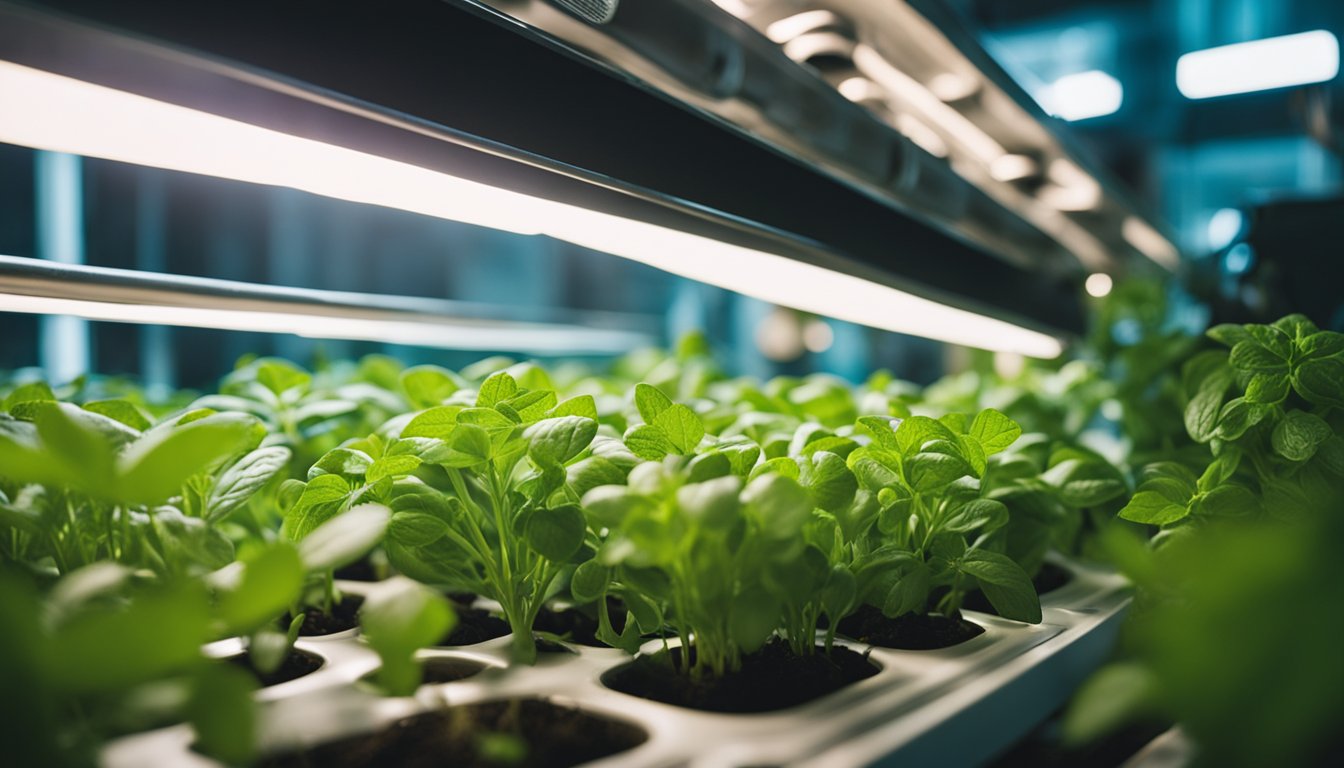
When storing fresh herbs, refrigeration is our go-to method. We’ve found that wrapping them in a damp paper towel and placing them in a plastic bag keeps them fresh for up to a week. Make sure the bag is loosely closed to allow some airflow.
For hydroponically grown herbs, freezing is an excellent option. We like to chop herbs finely and freeze them in ice cube trays with a little water or olive oil. This way, individual portions can be easily added to dishes.
Drying herbs can also be an effective preservation method. Hang them in small bunches upside down in a well-ventilated area out of direct sunlight. Once completely dry, store them in airtight containers away from heat and light.
To maintain the flavour and aroma of your herbs over extended periods, consider DIY vacuum-sealing. This method reduces exposure to air, prolonging freshness. It’s especially useful for larger quantities.
Finally, always label your herbs with the date of storage to keep track of their freshness. Using these techniques, we can enjoy the fresh taste and aroma of herbs long after they’ve been harvested.







 Store Locator
Store Locator
